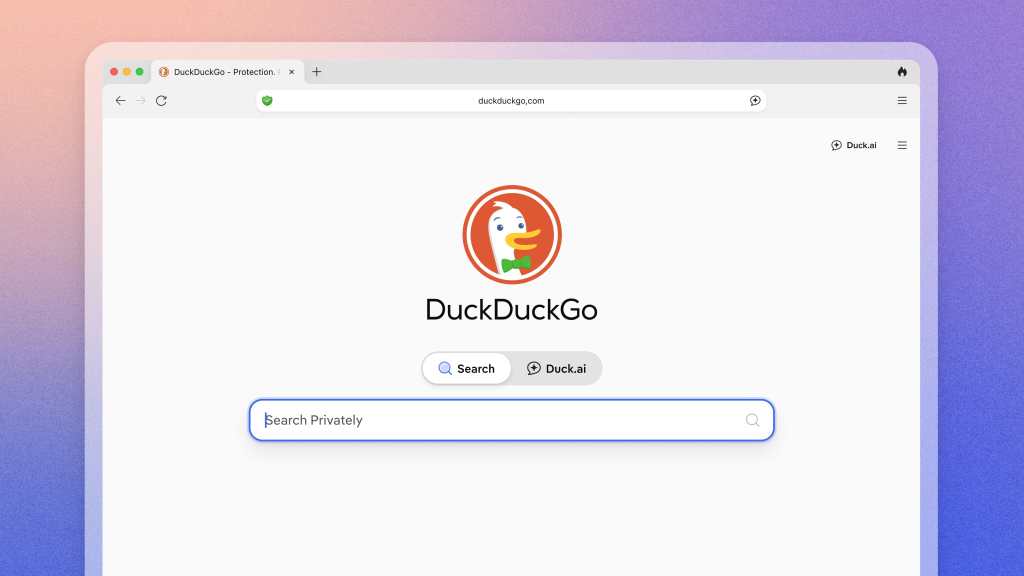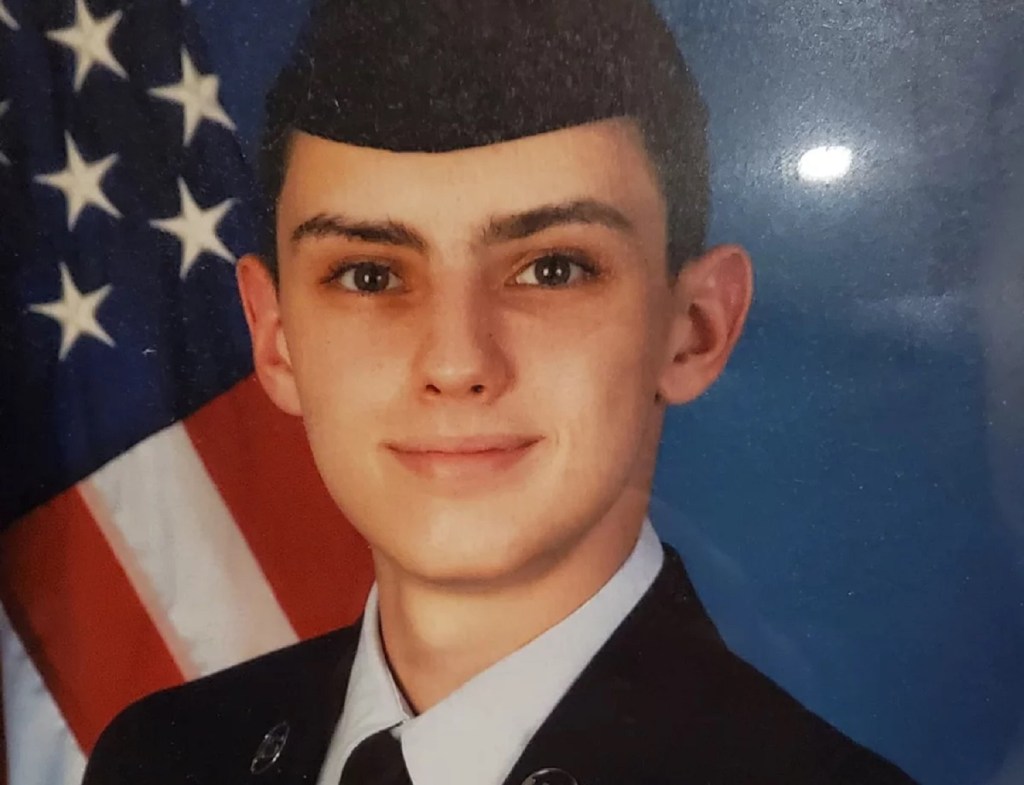Last week, authorities arrested 21-year-old National Guard Airman Jack Teixeira and charged him with leaking government secrets related to Russia’s invasion of Ukraine to his buddies on Discord. Teixeira allegedly hand transcribed, and then photographed, hundreds of pages of Pentagon secrets for months before anyone noticed. People have a lot of questions following Teixeira’s arrest. The most prominent is: Why the hell did a 21-year-old have access to the battlefield-level analysis of the war and rumors about Vladimir Putin undergoing chemotherapy?
The short answer is: 9/11.
Videos by VICE
The 9/11 attacks were a massive intelligence failure by the Pentagon and Washington. The conventional thinking at the time was that America’s spy agencies were too disorganized and too compartmentalized. To address this, Washington created the Department of Homeland security to centralize efforts and start sharing secrets. The idea was that if more people knew the relevant information, then America could better respond to terrorist threats. ”Sharing information ‘is at the heart of what we do as a country,” Tom Ridge, America’s first Secretary of Homeland Security, told a group of mayors in 2003.
In the years since, the American intelligence and security state has ballooned. The administration and dissemination of a massive domestic and foreign intelligence apparatus requires lots of different kinds of employees to have access to classified documents. The surveillance state needs IT people, and people who just write reports for dissemination to other branches. It needs workers, and it needs people like Teixeira. According to the Director of National Intelligence, around three million people in the U.S. have a security clearance. More than 1 million of those have access to documents labeled “Top Secret.”
Teixeira was assigned to the 102nd Intelligence Wing, headquartered on Otis Air National Guard Base on Joint Base Cape Cod. According to its website, the base’s mission is “worldwide precision intelligence and command and control along with trained and experienced airmen for expeditionary combat support and homeland security.” Units at the base that work with the 102nd Intelligence Wing process intelligence taken from U-2 spy planes, spy drones like the Global Hawk and Reaper, and also process other forms of signals intelligence for various National Guard units.
Getting a job in the unit would have required Teixeira to pass a background check and go through a clearance process. A lot has been made of his young age, but in many ways a younger recruit has an easier time going through the clearance process. Provided they have no criminal past, a younger recruit has less personal history to go through. The government looks for past debts, old financial problems like foreclosures, and a history of drug use. These are all red flags for security clearances. Part of the clearance process also involves interviews with people who know the subject, and a younger recruit will have a shorter list of potential people to interview.
According to the charging documents, Teixeira was a “cyber defense operations journeyman.” A requirement of the job is getting Top Secret security clearance. It also said he had “sensitive compartmented access to other highly classified programs.”
So what, exactly, is a cyber defense operations journeyman? “It’s basically an IT guy,” Bradley P. Moss, a national security attorney and partner at the law office of Mark S. Zaid in Washington D.C, told Motherboard.
The system built after 9/11 is ad-hoc, Moss said, cobbled together from a bunch of different security agencies and their own individual computer systems. That can translate into a lack of centralized oversight regarding who has Top Secret clearance.
“It’s due to the fragmented and decentralized way all these different security databases are set up,” Moss said. “Depending on how high level and how sensitive the information, it gets more and more compartmentalized. The systems themselves don’t always talk to each other properly and there’s always delays in getting everything synchronized. And that’s just a reality, not only of the number of clearance holders, but of the mountain of data. Properly documenting who has authorized access to what is a never-ending problem.”
Of course, the issue was not just that Teixeira was young or that he had access to secret documents, but also that he hand transcribed notes for months. After that, he printed out pages of classified documents and photographed them at home. He did all this, presumably, without anyone who worked with him noticing.
“I have a feeling that at least one, if not multiple people on the security side were asleep at the wheel,” Moss said. “How did he manage to not only get through supposed security improvements after Manning, Snowden, and Reality Winner, but also extract it without anybody noticing?
“Something’s not working,” Moss said.
More
From VICE
-

Photo: dbvirago / Getty Images -

Credit: DuckDuckGo -

Photo: Oleg Breslavtsev / Getty Images -

Photo: HEX / Getty Images
